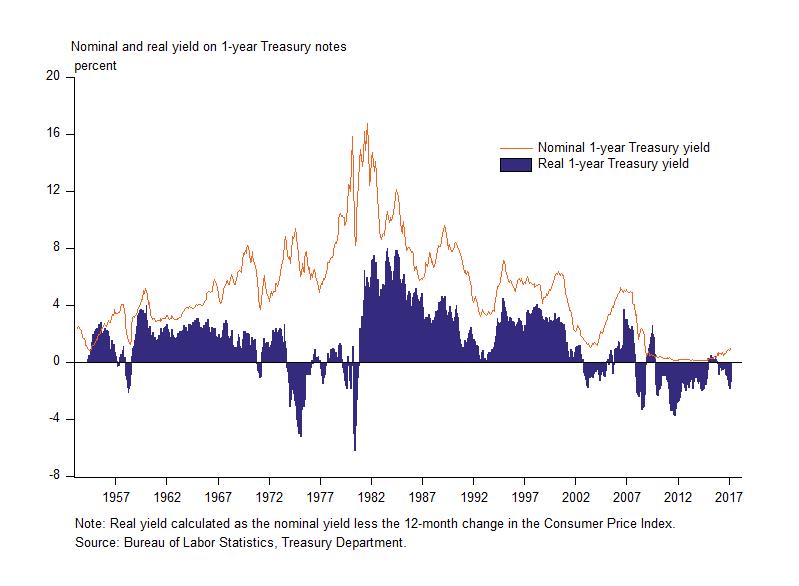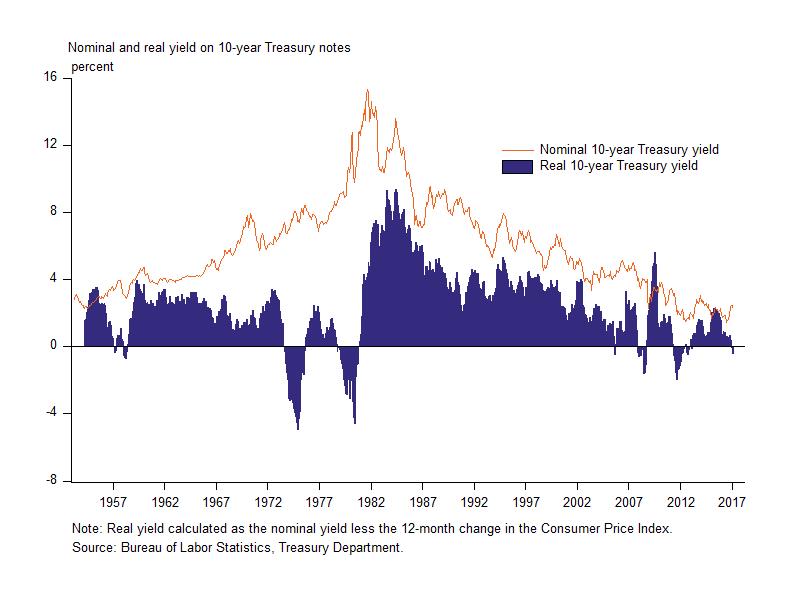Government Shutdown Averted for Now
The Bipartisan Budget Act of 2015 suspended the debt ceiling through March of this year. In mid-March the debt ceiling was raised to the current level. The Treasury has undertaken so-called extraordinary measures to continue funding the government. In effect, extraordinary measures allow the Treasury to temporarily borrow from other federal agencies.
Congress is set to pass a spending bill to keep the federal government running until the fall. The scenario echoes the past. In 2013, a battle between then President Obama and the Republican-controlled Congress resulted in a two-week shutdown. Non-essential federal government employees were furloughed.
The federal debt-to-GDP ratio reached an all-time high at the end of 2016 at 106 percent of GDP. The size of the federal debt will continue to threaten government shutdowns in the future by pushing the government up against the debt ceiling.
What’s more, the federal government cannot expect investors to continue to finance such a large federal debt. Foreigners are the largest holders of Treasury securities. At the end of 2016, foreigners held over 40 percent of marketable Treasury securities. Foreign purchases of Treasury securities have leveled off recently. Because of unprecedented quantitative easing programs, the Federal Reserve has increased its holdings of Treasury securities to record levels. Currently, the Fed is reinvesting maturing Treasury securities. However, the Fed has stated that it intends to reduce its holdings of Treasury securities soon. Unless U.S. households can increase their purchases of Treasury securities, the government may face difficulty financing spending.
It may become difficult to attract buyers to Treasury auctions. Nominal rates are very low, and inflation is accelerating. The real yields on the 1-year Treasury and the 10-year Treasury do not even compensate investors for inflation.










